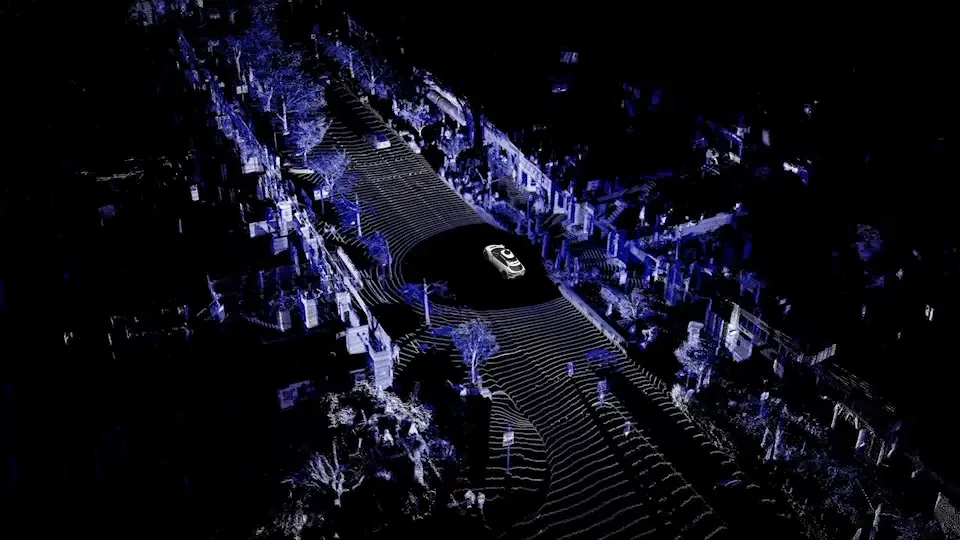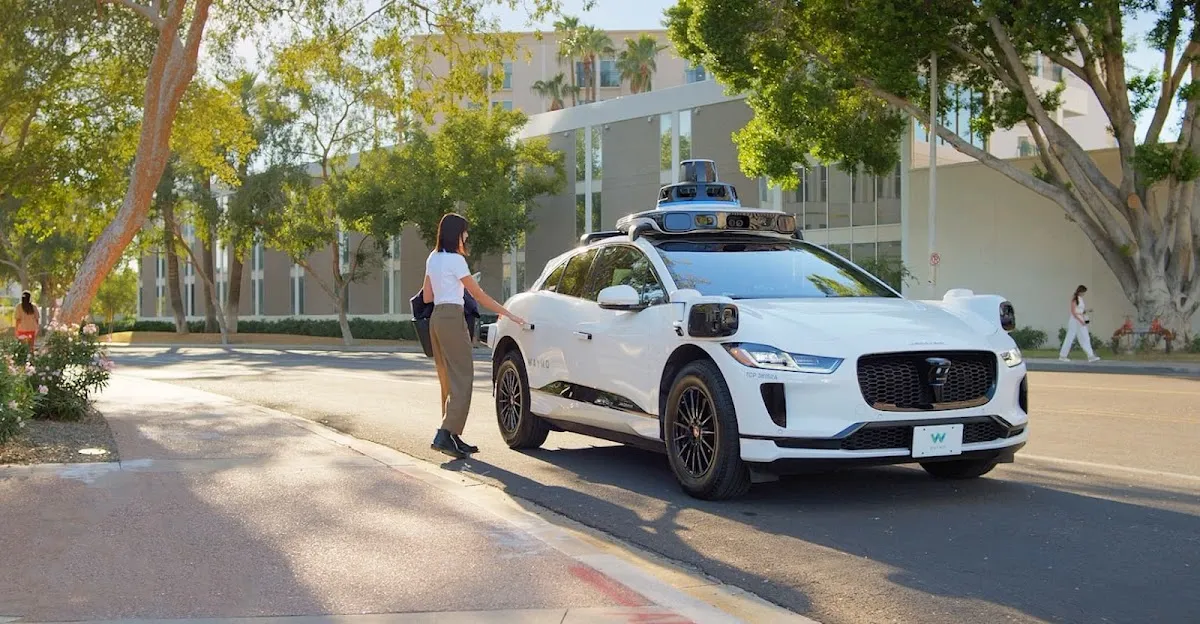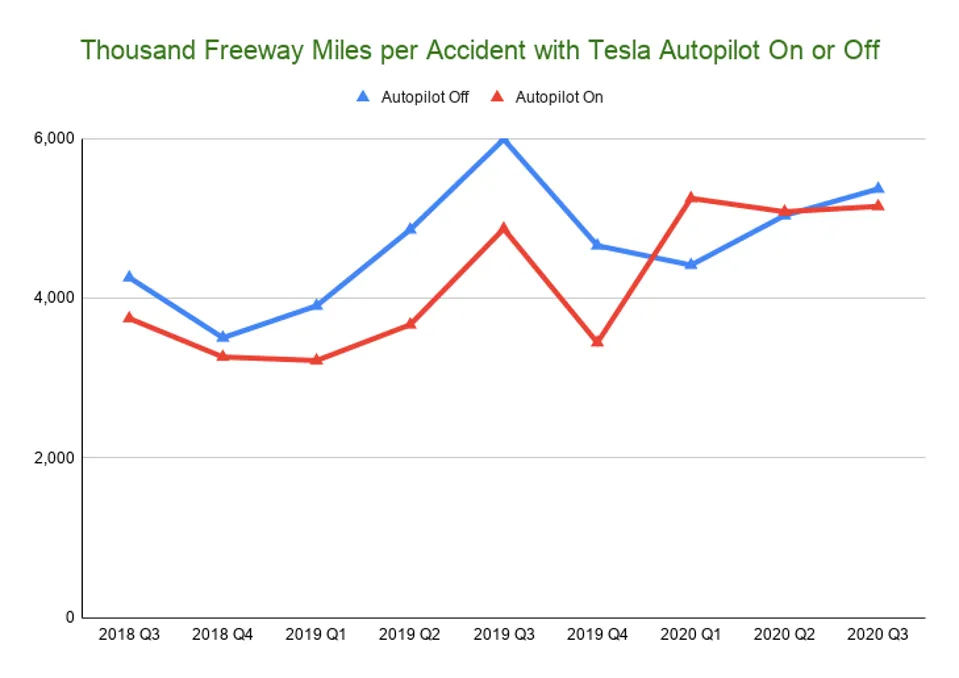- Waymo uses a redundancy model for high safety in controlled geofenced Level 4 zones. Tesla pursues a vision-only AI model that aims for scalability but currently operates mostly at supervised Level 2.
- ublic adoption is hindered by non-technical issues like cybersecurity risks, the complex liability maze in case of an accident, and viral videos showing AVs struggling with "edge cases"
- Crashes involving AVs are scrutinized by the NHTSA. Investigations often show that while AVs excel at avoiding high-speed incidents, they can be confused by dynamic urban scenarios, requiring rapid software updates to address the specific errors.
For over a century, the urban taxi has been —a familiar sight, a convenient service, and a symbol of city life. From the earliest horseless carriages for hire to the iconic yellow cabs of New York, getting a ride meant a human was behind the wheel, navigating the urban labyrinth.
That human driver wasn't just a chauffeur; they were part of a complex system. In many cities, becoming a taxi driver meant owning a coveted "medallion" —a physical permit that could cost hundreds of thousands, even a million dollars. It was a barrier to entry, a license to operate and for some, it is a symbol of pride.
Then came the digital revolution. Uber, Lyft, and Grab exploded onto the scene, sidestepping the medallion system with ride-sharing apps and the concept of "car-pooling". Suddenly, anyone with a car and a smartphone could be a driver, and getting a ride was cheaper, faster, and just a tap away.
Now, we stand at the precipice of the next seismic shift: the era of the unmanned taxi. The driver, it seems, is the next element to be automated out of the equation. Companies like Waymo and Tesla are leading this charge, promising a future where your ride arrives, empty of a human, ready to whisk you to your destination with the silent hum of electric power. But as we step into this future, questions of technology, safety, and trust loom larger than ever.
Two Roads to Autonomy: How Machines See the World
The vision of an empty taxi gliding through city streets is captivating, but how do these machines actually see and understand the chaos of urban driving? The leading contenders, Waymo and Tesla, have taken fundamentally different philosophical and technological paths.
Waymo champions a redundancy-focused approach. Imagine a robot that sees the world with multiple senses:
- LiDAR:
It created a precise 3D map of environment (point cloud data), measuring distances with millimeter accuracy. This is crucial for understanding shape and depth. - Radar:
Excellent for seeing through adverse weather like rain, detecting speed and distance of other objects. - Cameras:
High-resolution cameras provide the rich visual detail needed to identify traffic lights, read signs, and classify objects.

Waymo fuses all this data, building a robust, always-on perception of the world. This extensive sensor suite is expensive, which means Waymo operates primarily in carefully geofenced areas. This is SAE Level 4 autonomy, which means the vehicle is fully driverless within these defined operational design domains.
Tesla, on the other hand, is a bold contrarian. RoboTaxi is a Full Self-Driving (FSD) system, the basis for its robotaxi service, is almost entirely vision-only. Tesla believes that if humans can drive with just their eyes, so can an AI. Tesla vehicles are equipped with 8 cameras that feed directly into a powerful neural network. This processes the visual data, attempting to infer depth, speed and intent just like a human brain would.
This approach has the advantage of lower hardware costs and greater scalability, as very Tesla on the road theoretically contributes to data collection. However, it means the AI must overcome the inherent limitations of cameras in poor visibility without the direct depth measurement of LiDAR or the all-weather resilience of radar. Tesla's FSD, as sold to consumers, is currently SAE Level 2, meaning it's an advanced driver-assistance system that will requires constant human supervision. Their dedicated robotaxi pilot services, while aiming for Level 4, often still involve human safety monitors.
The Crash Test: How Mature is Unmanned Driving?
This brings us to the most question: safety. When a machine is driving, how does its accident record compare to the flawed, but constantly adaptive, human driver? The maturity of this tech isn't uniform; it's a tale of controlled success versus ambitious development.
Waymo: The Geofenced Advantage
Waymo's Level 4 approach demonstrated remarkable maturity within its defined operating areas. Their extensive data, often reported to the National Highway Traffic Safety Administration (NHTSA), paints a clear picture. Over 7.1 million miles of fully driverless operation in complex urban environments, Waymo vehicles recorded:
- 85% fewer crashes resulting in any injury compared to human drivers in the same cities. This translates to an injury crash rate of just 0.41 incidents per million miles for Waymo, versus 2.78 for humans.
- 57% fewer police-reported crashes overall (2.1 incidents per million miles for Waymo vs. 4.85 for humans).
This shows that Waymo's cautious, redundant system is highly adept at preventing serious harm. When crashes do occur, they are frequently minor, often involving other human drivers rear-ending the AV or making unexpected maneuvers around it. For instance, in an incident where a human driver ran a red light and broadsided a Waymo, the AV's sensors still perceived the threat and initiated evasive action, minimizing impact force.

Tesla's Development: The Vision-Only Challenge
Tesla's path, while aiming for ubiquitous autonomy, shows a different stage of maturity. Their customer-facing FSD (Level 2) system, when active, boasts an impressive low crash rate. However, this data is often criticized as misleading because FSD is predominantly used on easier, divided highways, not complex city streets, and always requires a human ready to take over.
The true test for Tesla's RoboTaxi ambition comes from its limited Level 4 pilot programs. In one such pilot in Austin (250,000 miles driven), Tesla RoboTaxis recorded a crash rate of one incident every 62,500 miles (or 16 crashes per million miles). This figure, despite often having a human safety monitor onboard, is 58% higher than Waymo's fully driverless crash rate, highlighting the inherent challenges and current immaturity of the vision-only system in unconstrained urban environments.

Unseen Hurdles: Beyond the Crash Rate
Beyond the raw statistics, unmanned taxis face a gauntlet of public concerns and ethical dilemmas.
- Public Trust and the "Viral Glitch":
A driverless car stuck at a traffic cone, or worse, blocking an emergency vehicle (as seen in some viral incidents with AVs in San Francisco), quickly erodes public confidence. Each such event, regardless of its statistical rarity, fuels a powerful narrative that "the robots aren't ready."- Investigation Example: After an incident where a Waymo vehicle became entangled with a construction site and was struck by a human-driven truck, investigations revealed that while the human driver was at fault, the AV's perception system had struggled to fully understand the dynamic, complex, and evolving construction zone. The company quickly pushed software updates to better handle such "edge cases."
- The Cybersecurity Shadow:
A Level 4 vehicle is a sophisticated computer on wheels. The threat of cyberattack—disabling a fleet, taking control, or accessing sensitive passenger data—is a looming concern that requires robust, constant vigilance. - The Liability Maze:
In a world without a human driver, who is at fault in a crash? The RoboTaxi operator? The software developer? The sensor manufacturer? This question sends tremors through insurance companies and legal frameworks, shifting liability from the individual driver to corporations. - Ethical Quandaries (The Trolley Problem):
In an unavoidable crash scenario, how is the AI programmed to make instantaneous decisions? Should it prioritize the lives of its passengers, or pedestrians, or minimize property damage? These are philosophical debates now becoming real-world programming challenges.
The Human Future: Impact and Opportunity
Despite the challenges, the promise of unmanned taxis is immense.
- Enhanced Mobility: For the elderly, disabled and those unable to drive, AVs offer unprecedented freedom and independence.
- Reduced Congestion and Parking: Optimized routing and fleet management could reduce traffic and the need for vast parking lots, freeing up valuable urban real estate.
- Economic Transformation: The shift will inevitably disrupt the livelihoods of millions of professional drivers, but it also promises new jobs in AV maintainance, fleet management, and AI development.
The journey from the horse-drawn carriage to the driverless robotaxi is a testament to human ingenuity. We've replaced horsepower with AI power, but the road ahead is complex, filled with technological marvels, ethical potholes, and the ultimate challenge of earning pubic trust. The unmanned taxi is here, but its true destination is still being defined, mile by autonomous mile.






